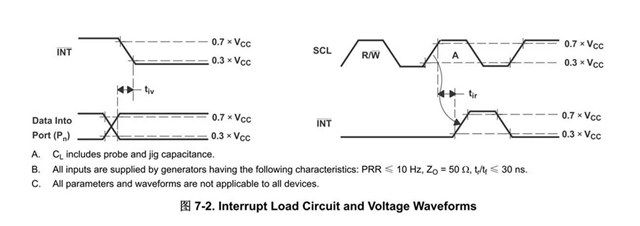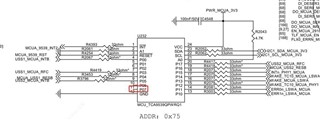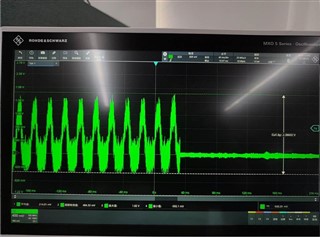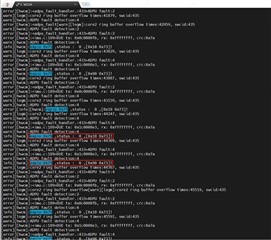Other Parts Discussed in Thread: TCA9539
Tool/software:
HI BU team
In the datasheet an interrupt is generated by any rising or falling edge of the port inputs in input mode (PIN11). My customer wanted to the rising or falling edge slew rate rang for PIN11 in input mode.

Customer doesn't find this requirement in the datasheet. Would you hep share it?
Thanks




